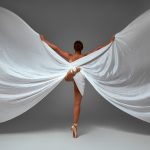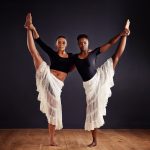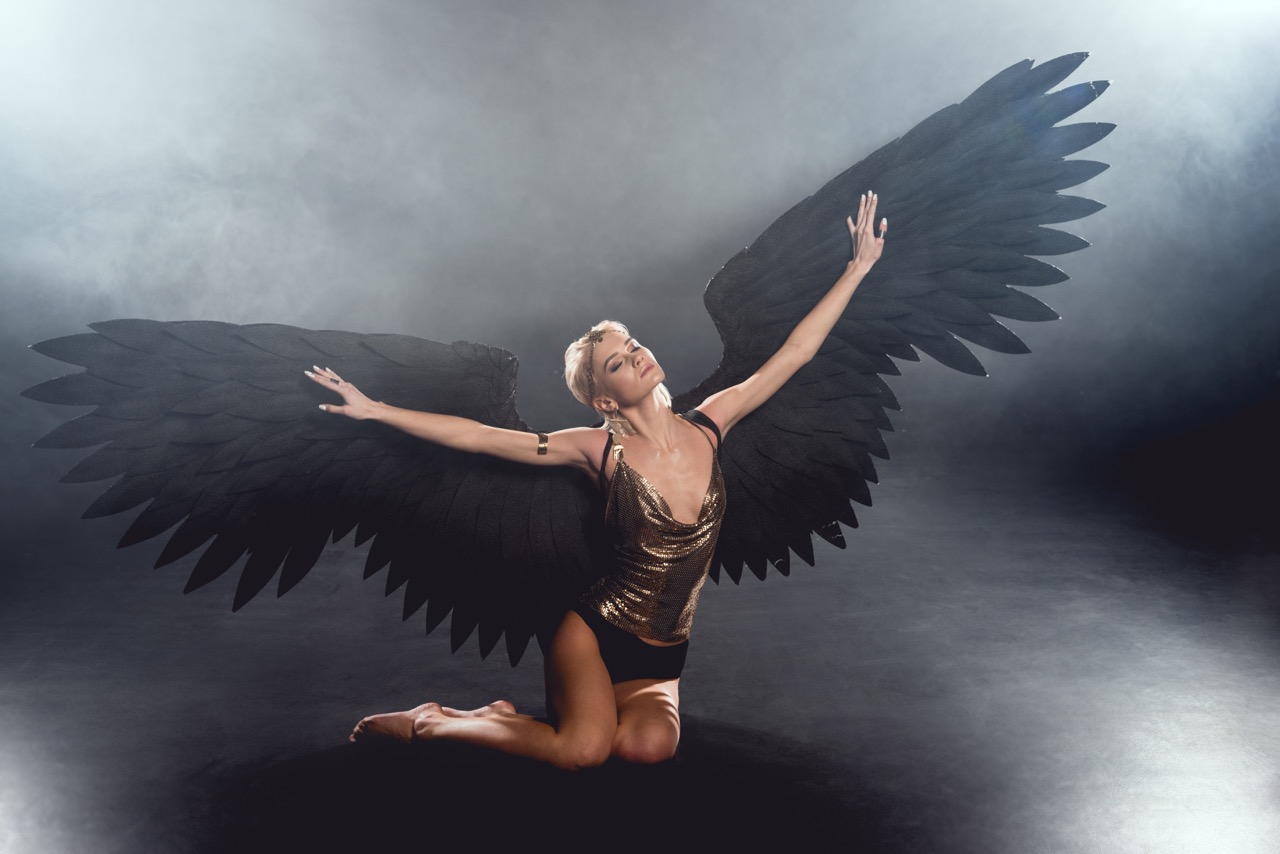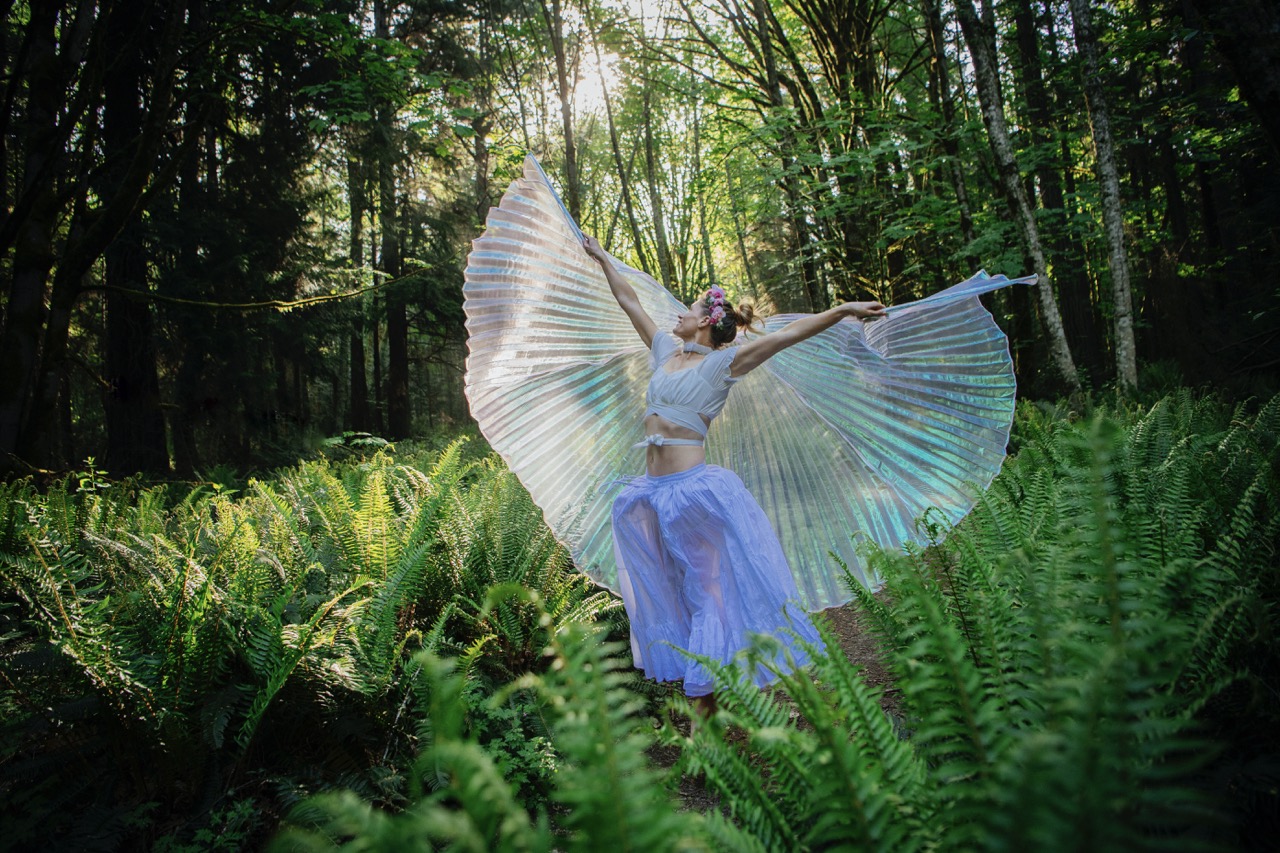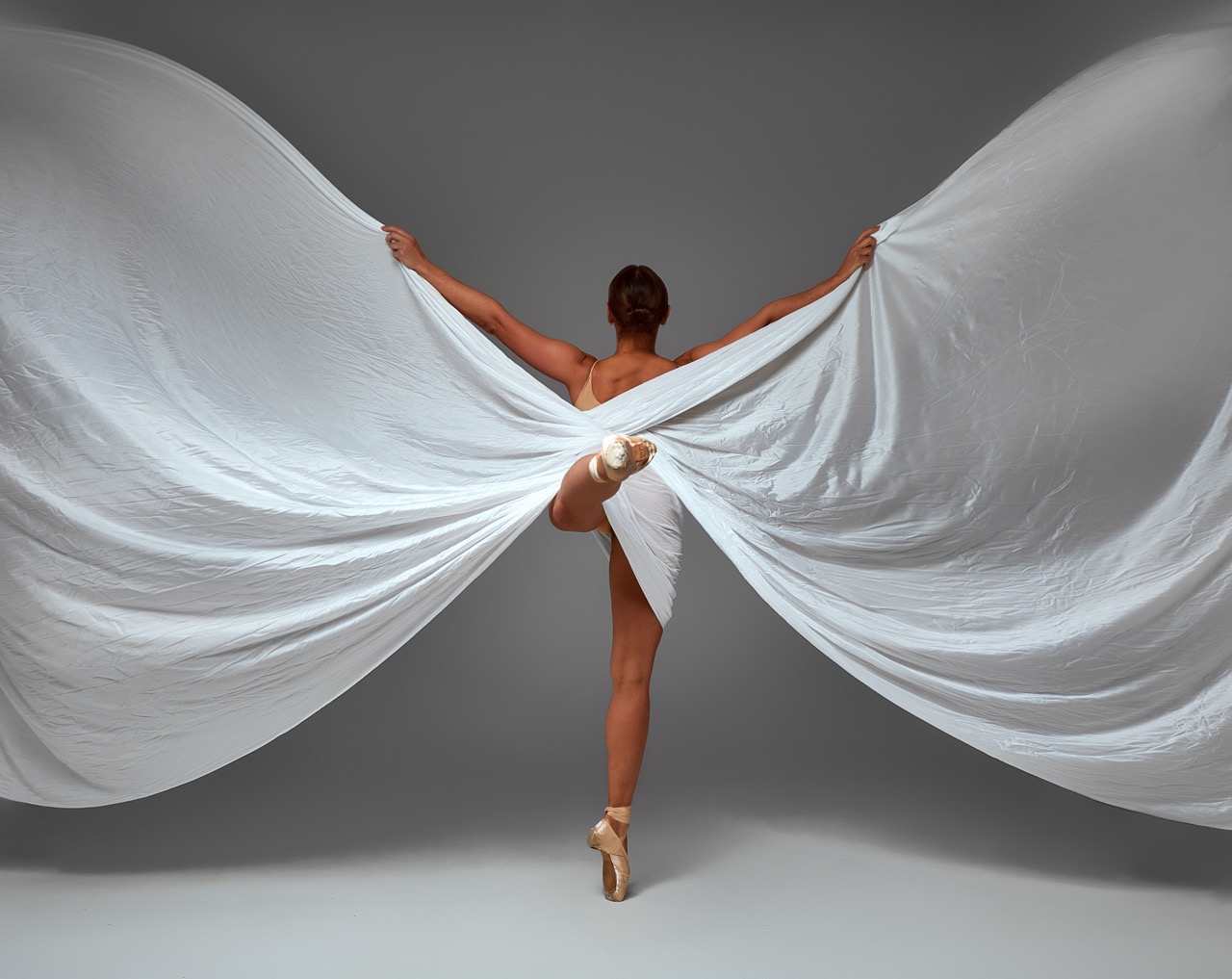In the ever-evolving landscape of performing arts, the intersection of technology and artistry is a fertile ground for innovation. Music synchronization technology stands as a pivotal player in modern dance wing performances, where the rhythmic heartbeat of sound and the fluid grace of movement converge. This article explores how synchronization technology enhances dance narratives, impacts choreography, and paves the way for future performances that promise to captivate audiences like never before.
Harmonizing Movement: The Science of Music Synchronization
Music synchronization technology serves as a crucial element in the realm of dance, acting as the invisible thread that weaves sound and movement together. At its core, this technology utilizes algorithms and software to align dance movements with musical elements, such as tempo and rhythm. By precisely mapping out beats, dancers can achieve an unprecedented level of synchronicity, allowing for a more cohesive and impactful performance. This scientific approach to rhythm not only enhances the aesthetic quality of dance but also deepens the emotional resonance of the piece.
Moreover, the science behind music synchronization extends to real-time adjustments and feedback mechanisms. Dancers can now respond to live musical cues, creating a dynamic interplay between performer and sound. This responsiveness fosters a vibrant atmosphere where spontaneity thrives, enabling artists to experiment with improvisation while maintaining synchronization with the music. As technology continues to advance, dancers can explore new frontiers, pushing the boundaries of traditional choreography in ways that were previously unimaginable.
The importance of music synchronization goes beyond mere artistic enhancement; it fundamentally alters the way audiences experience dance. With perfect alignment between movement and sound, spectators can fully immerse themselves in the performance, feeling the pulse of the music resonate through every gesture and expression. As a result, the emotional journey of the dancers becomes an embodied experience for the audience, creating a shared space of connection and understanding through the medium of synchronized art.
Enhancing Dance Narrative: Technology Meets Artistic Expression
The interplay between music synchronization technology and artistic expression creates a rich tapestry of storytelling in dance performances. Choreographers are increasingly leveraging synchronization tools to craft narratives that resonate on multiple levels, inviting audiences into a deeper engagement with the themes presented. By meticulously aligning movements with musical motifs, dancers can evoke emotions and convey complex stories that transcend verbal communication.
In this context, technology acts as a collaborator rather than a mere tool. Choreographers can utilize software to visualize how movements sync with audio tracks, allowing them to experiment with various configurations before stepping into the studio. This foresight enables a more intentional approach to storytelling, where every movement becomes a deliberate choice that enhances the overarching narrative. With technology as a constant companion, artists can explore new dimensions of expression, transforming the stage into a canvas of kinetic storytelling.
The enhanced narrative capabilities afforded by music synchronization technology also allow for a richer audience experience. Viewers are drawn into a world where sound and movement intertwine seamlessly, heightening their emotional investment in the story being told. With each beat that aligns perfectly with a dancer’s movement, the audience is transported deeper into the performance, creating a sense of shared experience that lingers long after the curtain falls.
Beyond Beats: The Impact of Sync Technology on Choreography
Music synchronization technology has ushered in a new era for choreography, where the creative possibilities are limitless. Traditionally, choreographers would rely on their instincts and experience to align movements with music. However, with the advent of advanced synchronization tools, artists can now create intricate choreographies that are meticulously timed to the nuances of sound. This precision opens up avenues for exploration, allowing dancers to execute complex patterns and rhythms that challenge the limits of human capability.
Furthermore, the integration of technology into choreography encourages collaboration among artists from diverse disciplines. Dance, music, and technology can converge to create multimedia performances that captivate audiences with their innovative approaches. For instance, digital artists can contribute visual elements that synchronize with the dancers’ movements and the music, resulting in a multisensory experience that is both captivating and thought-provoking. This collaborative spirit nurtures a culture of experimentation that fosters the evolution of dance as an art form.
As choreography evolves through the lens of synchronization technology, there is a growing emphasis on inclusivity and accessibility in dance performances. Artists are now exploring how to create movement that resonates with varied skill levels and backgrounds, utilizing technology to make dance more approachable. By providing tools that allow for easier adaptations of choreography, synchronization technology can empower a broader range of artists to participate in the creative process, enriching the dance community as a whole.
Future Rhythms: Evolving Dance Wing Performances through Tech
Looking ahead, the future of dance wing performances is poised for transformation through ongoing advancements in music synchronization technology. As artificial intelligence and machine learning continue to evolve, we can anticipate the emergence of intelligent systems that analyze dancers’ movements in real time, providing feedback and suggestions for enhanced synchronization. Such innovations have the potential to revolutionize the rehearsal process, enabling dancers to refine their skills with precision that was previously unattainable.
Moreover, the integration of virtual and augmented reality into dance performances promises to redefine the audience experience. Imagine a world where viewers can don VR headsets that transport them into the performance itself, allowing them to engage with both the dancers and the music on an entirely new level. This immersive approach has the potential to break down barriers, inviting audiences to experience dance from multiple perspectives, and fostering a deeper appreciation for the artistry involved.
In this rapidly evolving landscape, the role of music synchronization technology will continue to be a driving force in the evolution of dance performances. As artists embrace these innovations, they will not only enhance their craft but also challenge conventions, inviting new audiences to partake in the magical interplay of sound, movement, and emotion. The future of dance wing performances is bright, and the rhythmic pulse of technology will play a vital role in shaping its trajectory.
In conclusion, music synchronization technology is undeniably reshaping the landscape of dance wing performances, fostering a harmonious relationship between sound and movement. By enhancing narrative depth, revolutionizing choreography, and paving the way for future innovations, this technology is not just a tool but a catalyst for artistic evolution. As we move forward, the fusion of artistry and technology promises to unlock new dimensions of expression, allowing dance to flourish in ways we have yet to imagine. The stage is set for a thrilling future, where every performance becomes a symphony of synchronized beauty.


